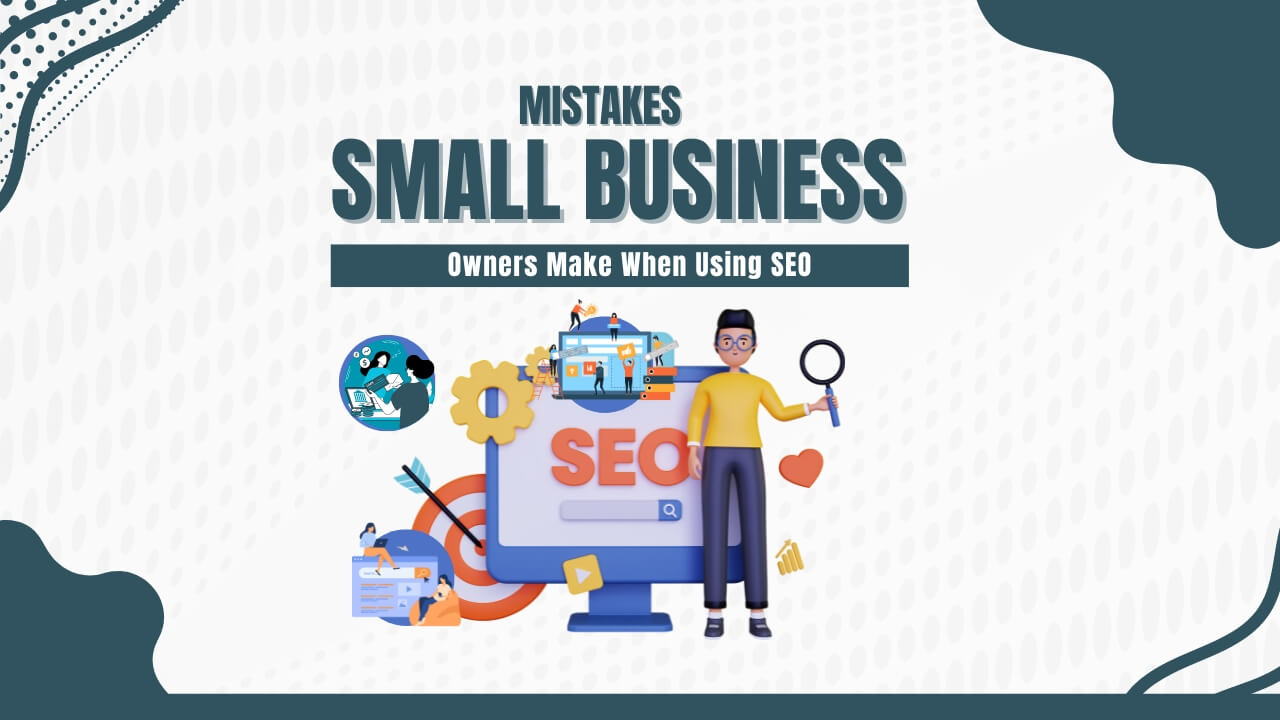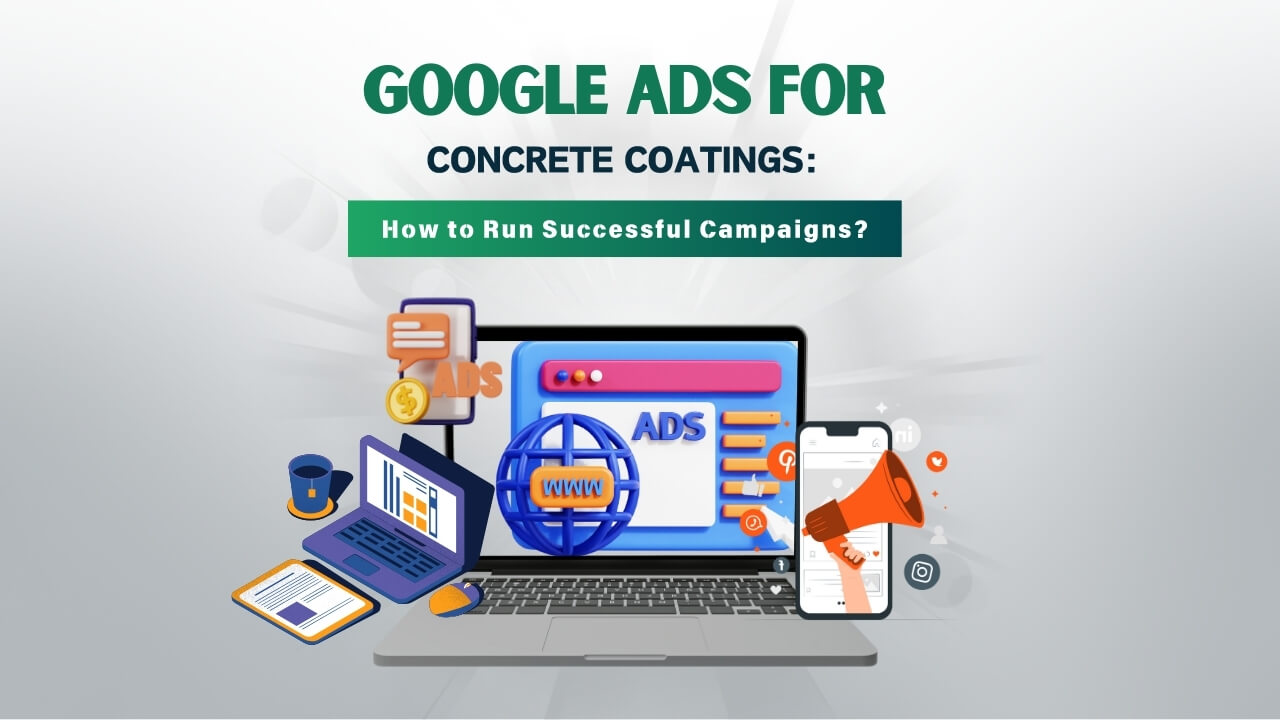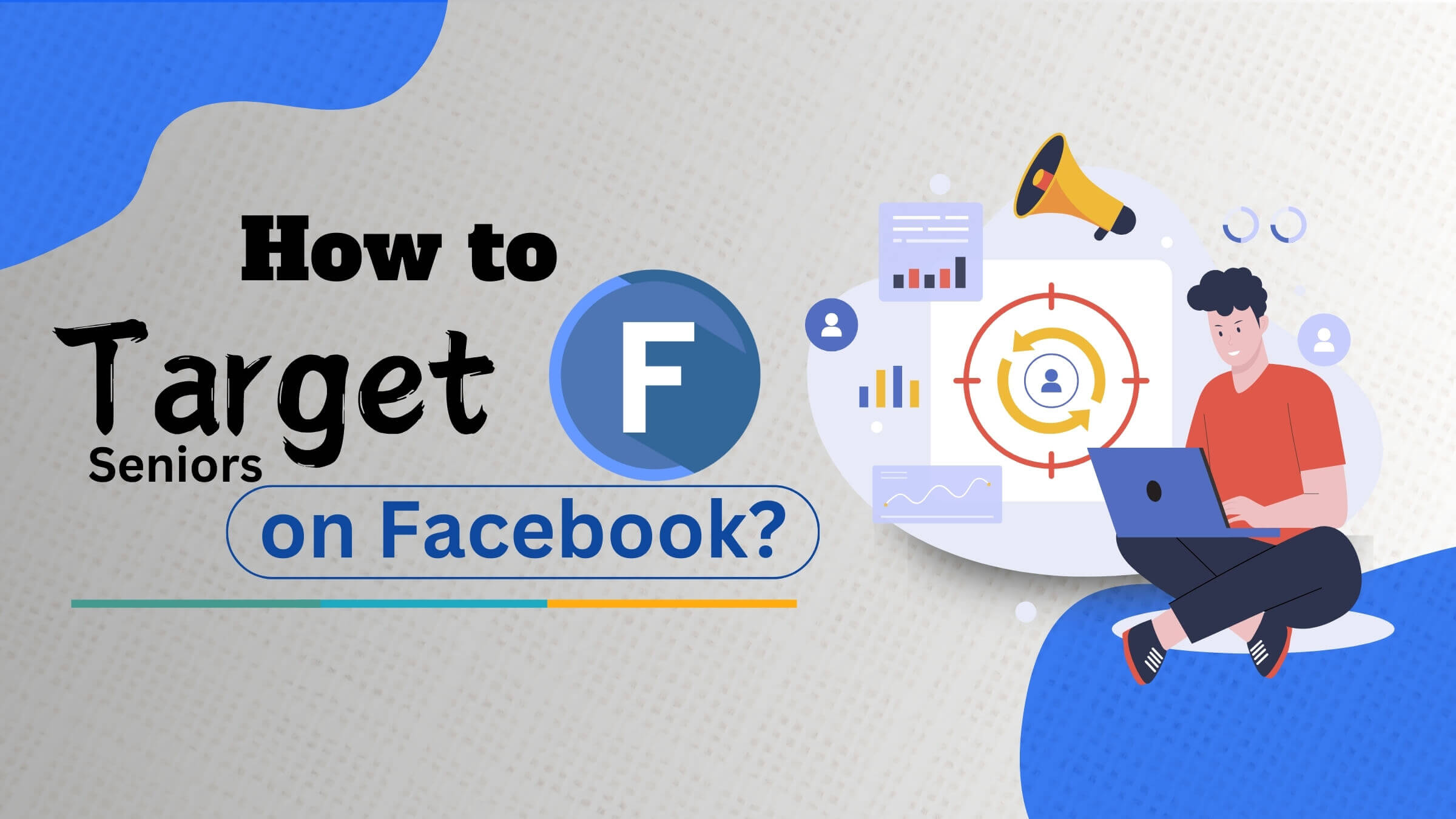Introduction
In this ever evolving landscape of digital advertising, businesses are likely to be adopting innovative ways to reach their target audience effectively. Among the various advertising platforms available, Google Ads and Microsoft Advertising stand out as two of the most powerful giants in this digital era.
Both of these platforms have their own unique strengths, targeting capabilities, and can easily obtain high return of investment. Well the main aim of this blog is to do an in-depth comparison between Google Ads and Microsoft Advertising, mainly exploring their key features, advantages, disadvantages, and use cases.
By effectively understanding the main importance of both of these platforms, businesses can easily make an informed decision on where to effectively allocate their budget to get maximum return.
Understanding Google Ads
Google Ads, also known as Google AdWords, is one of the most widely used online advertising platform in the world. It allows businesses to effectively create ads that appear on Google’s search engine and other Google Partnered Platforms.
Google Ads mainly operates on a pay-per-click (PPC) model, where advertisers bid on keywords and pay for each click on their advertisements.
Key Features and Benefits
- Vast Reach: Google’s extensive search network allows ads to reach a wide range of audience.
- Diverse Ad Formats: It also offers a variety of ad formats, which mainly includes search ads, display ads, video ads (YouTube), and many more.
- Advanced Targeting Options: Advertisers can effectively target their ads based on demographics, interests, location, and even the time of day.
- Measurable ROI: it also do provide a detailed analytics and reporting tools to measure the effectiveness of your ads.
Typical Use Cases and Industries
Google Ads is versatile and can be beneficial for almost all types of industries, including e-commerce, B2B services, education, healthcare, and many more.
It’s particularly effective for businesses mainly looking to generate more and more website traffic, more leads and effective engagement.
Understanding Microsoft Advertising
Also known as Bing Ads, Microsoft Advertising is one of the powerful search engine marketing platforms that provides businesses with the opportunity to reach potential customers across Microsoft and Yahoo.
Similar to Google Ads, it operates on a pay-per-click (PPC) model, enabling advertisers to bid on the specific keywords and pay only when users click on their ads.
Despite having a smaller market share as compared to Google, Microsoft Advertising offers unique advantages that can make it a valuable component of a comprehensive digital marketing strategy.
Key Features and Benefits
- Unique Audience Reach: It allows access to users across the Bing, Yahoo, and MSN search engines, including audiences that might not use Google.
- LinkedIn Profile Targeting: it also allows effective integration with LinkedIn allows advertisers to target users based on their company, job function, and industry on the LinkedIn network, making it a particularly powerful tool for B2B business.
- Device Targeting Options: Offers robust device targeting options, allowing advertisers to reach out the users across desktops, tablets, and mobile devices.
- Cost-Effectiveness: Generally lower cost-per-click (CPC) rates compared to Google Ads, potentially offering a higher ROI for certain keywords and markets.
Typical Use Cases and Industries
Microsoft Advertising is mainly beneficial for a wide range of industries, with particular effectiveness in the B2B sector, thanks to the Linkedin targeting capabilities.
It’s also well-suited for businesses mainly targeting older demographics or specific geographic locations where bing has its strong presence.
Common use cases include driving more and more website traffic, generating leads, and also to increase more and more brand awareness.
Comparative Analysis
When deciding between Google Ads and Microsoft Advertising, it is very much essential to consider various factors such as audience size, cost, ad formats, targeting capabilities, and integration with other tools. Here’s a comparative analysis of the two platforms:
Audience Size and Reach
- Google Ads: It offers an unparalleled reach due to Google’s dominance in the search engine market. Not only that it is ideal for businesses looking to maximize their visibility among the broad audience.
- Microsoft Advertising: Do effectively provides access to a unique audience that may not be as active on Google, which mainly includes older demographics and users in specific geographic regions where Bing is more popular.
Cost-per-Click (CPC) and Return on Investment (ROI)
- Google Ads: Google Ads when compared to Microsoft Advertising generally, has higher CPC rates due to its larger audience base and competitive environment. However, the extensive targeting options do offer a vast reach and can lead to a substantial ROI.
- Microsoft Advertising: Microsoft Advertising often offers lower CPC rates, making it one of the most suitable options for businesses with smaller advertising budgets. The unique audience can also lead to higher conversion rates in specific industries.
Ad Formats and Flexibility
- Google Ads: It provides a wide variety of ad formats, which mainly includes search, display, video (YouTube), shopping, and app ads, offering immense flexibility to meet the different advertising goals.
- Microsoft Advertising: it offers similar ad formats, Which mainly includes search ads,display ads, and shopping ads. The unique LinkedIn Profile Targeting adds an extra layer to effectively attract the B2B advertisers.
Targeting Capabilities and Specificity
- Google Ads: Offers advanced targeting options based on the demographics, interests, behaviors, location, and more. Its in depth data collection allows for highly specific targeting.
- Microsoft Advertising: It also offers robust targeting options, which mainly includes the exclusive LinkedIn integration for B2B targeting. Its audience may be more niche but can lead to higher engagement rates for specific sectors.
Integration with Other Platforms and Tools
- Google Ads: it seamlessly integrates with other Google tools and services, like Google Analytics and Google My Business, providing a next level advertising experience.
- Microsoft Advertising: it also does offer integration with LinkedIn and Microsoft products, enhancing its utmost use in B2B marketing and advertisers heavily invested in the Microsoft ecosystem.
Market Sectors and Industry Preferences
- Google Ads: Versatile across all the industries, particularly effective for B2C and e-commerce businesses which are looking to reach a wider range of audience.
- Microsoft Advertising: It is exceptionally beneficial for B2B businesses and also for specific sectors which are effectively targeting older demographics or users in certain geographic locations.
Pros and Cons
Advantages of Google Ads
- Extensive Reach: It has the ability to reach a vast audience through the world’s most widely used search engine.
- Diverse Ad Formats: It also offers a wide selection of ad formats catering to various advertising needs and objectives.
- Advanced Targeting: it also provides sophisticated targeting options to reach specific demographics, audience interest and their behaviors effectively.
- Integration: It seamlessly integrates with Google’s suite of tools and analytics.
Disadvantages of Google Ads
- Higher Competition: Can lead to higher CPC rates and increased advertising costs.
- Complexity: The platform’s extensive features and options might sometimes feel like very much difficult to use for the new users.
Advantages of Microsoft Advertising
- Cost-Effectiveness: Generally lower CPC, does offer a competitive advantage for budget-conscious advertisers.
- Unique Audience: it also provides access to a distinct audience that may not be as heavily targeted by the competitors.
- LinkedIn Targeting: Exclusive targeting features are very much beneficial for B2B advertisers.
Disadvantages of Microsoft Advertising
- Smaller Reach: As Compared to Google, the overall audience size is smaller, which might affect the visibility of their business.
- Limited Market Share: Bing’s smaller market share can also affect the volume of traffic and leads.
Choosing the Right Platform for Your Business
To determine whether Google Ads or Microsoft Advertising which is best suitable for your advertising strategy, do consider this following factors to make the right decision:
Budget and Cost Efficiency
- For businesses which have limited budgets, Microsoft Advertising might be very much cost-effective, generally offering lower cost per click rate. It is especially beneficial if your target audience is within the demographics that Bling Platform is effectively reaching.
- Google Ads on the other hand might also require a huge budget because of its higher competition and also because of its CPC, but at the same time it does offer a significant ROI due to its wide range of reach and effective ROI.
Target Audience and Demographics
- Do Properly Analyze your target audience like their behavior and their preference. If your targeted audience is more likely more engaged in using Bing, Yahoo, or MSN, or if you are targeting some specific demographic groups that mainly prefers this search engine, Microsoft Advertising can be a good choice.
- If your goal is to reach a wide range of audience which also captures the interest of the international audience, Google Ads is the best choice for it. .
Industry and Market Niche
- Microsoft Advertising do also offers many advantages for B2B companies, especially with Linkedin reach, making it a perfect choice for targeting that audiences who are mainly aiming to reach the targeted professionals within some of the specific industries.
- Google Ads is highly versatile and effective to a broad range of industries, which are mainly aiming B2C business to get maximum exposure and aiming to drive more and more sales through their diverse range of ad formats.
Campaign Goals
- Do Consider some of the primary objectives of the Advertising. Whether the main aim is to generate leads, drive website traffic, or increase brand awareness on a large scale, Google Ad acts as an extensive tool to reach a broad range of audience.
- For campaigns mainly focusing on achieving a high ROI with a more targeted approach or specialized B2B marketing, Microsoft Advertising might provide tailored opportunities for success.
Integrating Both Platforms in Your Advertising Strategy
Rather than using one platform exclusively, Do consider using both of these Google Ads and Microsoft Advertising to maximize your reach and effectiveness.
This dual-platform approach allows you to leverage the unique strengths of each platform, effectively reaching different segments of your targeted audience and optimize your overall advertising ROI.
Combining the broad reach of Google with the niche targeting capabilities of Microsoft can create a comprehensive strategy that covers all bases.
Conclusion
The decision between Google Ads and Microsoft Advertising is not a one-size-fits-all solution; it mainly depends on your business’s specific needs, target audience, budget, and advertising goals.
Google Ads offers unparalleled reach and sophistication in targeting, making it ideal for businesses aiming to maximize exposure and engagement across a wide audience.
On the other hand, Microsoft Advertising provides unique benefits, such as lower competition, cost-effectiveness, and specialized B2B targeting options through LinkedIn, making it a compelling choice for certain industries and demographics.
As digital marketing continues to evolve, the importance of selecting the right advertising platform cannot be overstated.
By carefully considering your business’s unique characteristics and goals, you can make an informed decision that optimizes your advertising budget and maximizes your campaign’s success.
Remember, exploring both Google Ads and Microsoft Advertising might just be the key to achieving a well-rounded and effective digital advertising strategy.
By leveraging the strengths of each platform and continually optimizing your campaigns based on performance data, you can enhance your online presence, drive meaningful engagement, and achieve your business objectives in the dynamic digital landscape.






